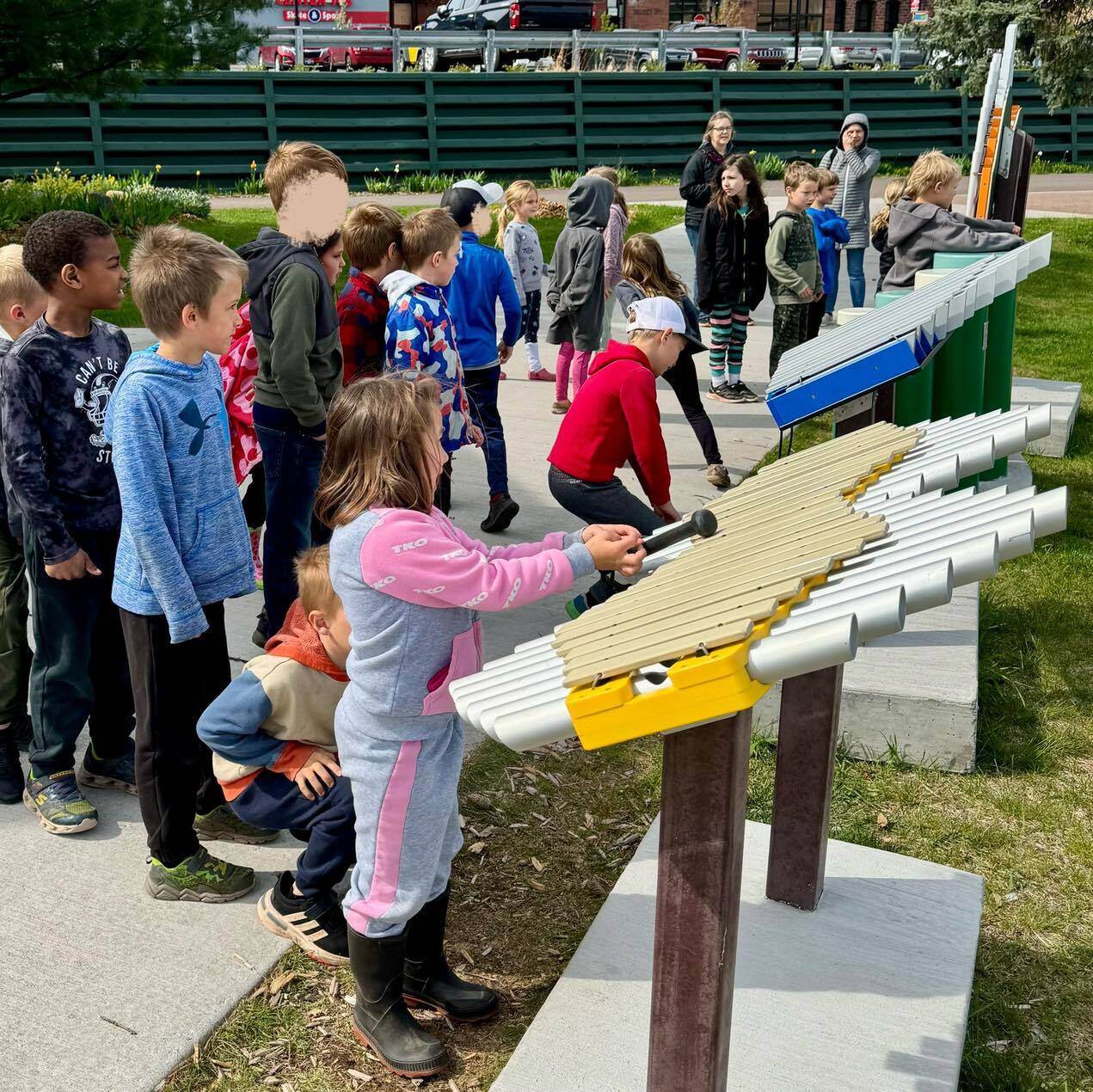
In 2013, I landed my dream teaching job. My family moved from Massachusetts to Finland, and I began teaching fifth-graders at a bilingual public school.
Before our transcontinental move, my Finnish wife used to tell me stories about Finland's education system. This high-performing model sounded astonishing.
Students in Finland enjoy frequent outdoor breaks, extensive hands-on learning, and very little homework. According to international studies, Finnish teenagers report the lowest levels of math anxiety and test-related stress.
During my first year living in the "happiest country," I launched a blog documenting my journey as a U.S. teacher working at a Finnish school. My blog posts led to Teach Like Finland. Translated into 18 languages, my book about joyful teaching practices resonated with educators worldwide.
Little did I know my work would lead me to Michigan’s Upper Peninsula.
A Finnish-Inspired American School
In 2021, I received an email from Copper Island Academy, a K-8 charter school in Calumet that’s authorized by Central Michigan University. The school’s mission inspired me. Copper Island borrowed effective practices from Finnish education.
Only a year prior, dozens of parents in the Keweenaw Peninsula—the northernmost tip of Michigan’s Upper Peninsula—had decided to pioneer this school. COVID had acted as a catalyst, magnifying long-standing issues in U.S. education.
Over the past few decades, many American public schools have cut back on recess, civic learning, and hands-on classes like home economics and shop. Copper Island Academy – the founding parents agreed – would buck this trend, emphasizing outdoor free play, civic education, and life skills.
The initial vision for this new school resembled the Finnish education model.
Copper Island's motto, "reestablish the joy in education," aligned perfectly with Finland's emphasis. A decade ago, Finnish policymakers reformed their national curriculum framework to prioritize joyful learning.
For Copper Island, drawing inspiration from Finland made sense for another reason. The largest concentration of Finnish Americans live in Michigan’s Upper Peninsula. In the 1800s, thousands of Finns moved to the Copper Country, which includes the Keweenaw, to work in its storied copper mines.
Finland and the Copper Country share obvious similarities, including a northern climate and pristine nature, but significant differences abound. Importing the entire Finnish model, which has thrived in a unique social context, would inevitably fail – even in a place like the Keweenaw.
Instead of copying Finland’s approach, Copper Island Academy set out to combine the best practices of Finnish and American schools.
Three years in, this unique model has produced promising results. According to Michigan's School Index System, Copper Island Academy scored in the top 10 percent of the state’s public schools last school year. The school expects enrollment to surge in the fall, increasing from 340 to over 400 students in just a year.
Copper Island Academy in Action
I started an exciting partnership with Copper Island Academy in 2023. Seeing the school in full swing transported me back to Finland.
On the morning of my first visit, I stepped inside the studio classroom. Using carving knives, a group of middle schoolers cut careful lines into wooden blocks. I saw one student outline the shape of Michigan’s Upper Peninsula and another carve out a buck with huge antlers.
“In America, we tend to think of ‘studio’ as anything about art, like a pottery studio, or a painting studio,” said Kelly Sloan, Copper Island Academy’s studio teacher. “But here, this class is just about anything that is hands-on—from textiles to art to sewing to building buildings to wood-carving to tuning skis.”
Just down the hall, I observed a joyful activity in the culinary arts classroom. The teacher, Margaret Hanson, distributed brown paper bags filled with the day’s mystery food. Then, she led the second graders to make observations, using sensory words like “squishy” and “sticky.”
Like the studio class, the school’s culinary arts program starts in kindergarten and lasts through eighth grade. Ultimately, it builds life skills.
“It’s like this lifelong bug that will be in there forever,” Margaret said.
Brain Breaks
Of all the practices that Copper Island Academy borrows from Finnish education, the most foundational is an evidence-based schedule. In Finland, elementary school students usually enjoy a 15-minute playground break built into each hour-long lesson.
Copper Island implements a similar practice. Multiple times per day, students and teachers leave their classrooms and make a beeline to the playground.
During brain breaks, students often invent games, climb trees, and build forts in the woods. When I visited last spring, I watched students in rubber boots happily splashing in puddles.
At Copper Island, sports equipment only appears during lunch recess. This simple move encourages creative play, offering vast benefits to children.
Recently, U.S. research has indicated that this Finnish-inspired schedule reduces stress, boosts physical activity, and improves academic achievement.
Since Finnish schools rocketed to fame in 2001, many education pundits have argued that Finland’s educational ideas would flop in the American context. But Copper Island Academy provides plenty of counterevidence.
This school year, educators from across the country have trekked to the Keweenaw to study the school’s model. I predict it’s only a matter of time before Finnish visitors arrive, looking for fresh ideas and inspiration.
Tim Walker is an American teacher who is an expert in the Finnish model of education.
Michigan's Charter School Association
123 W Allegan, Ste 750
Lansing, MI 48933
Ph: (517) 374-9167
Comments (1)